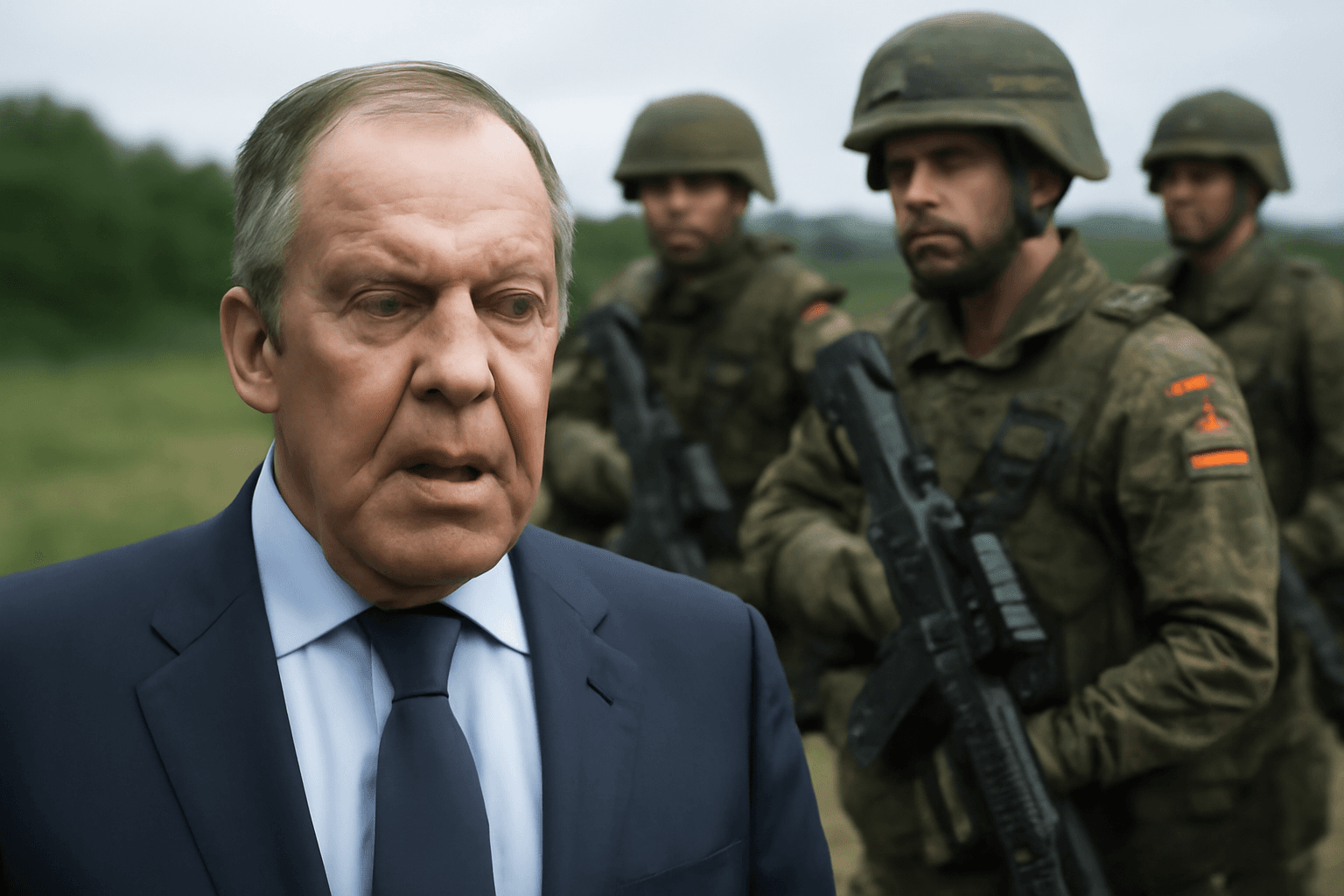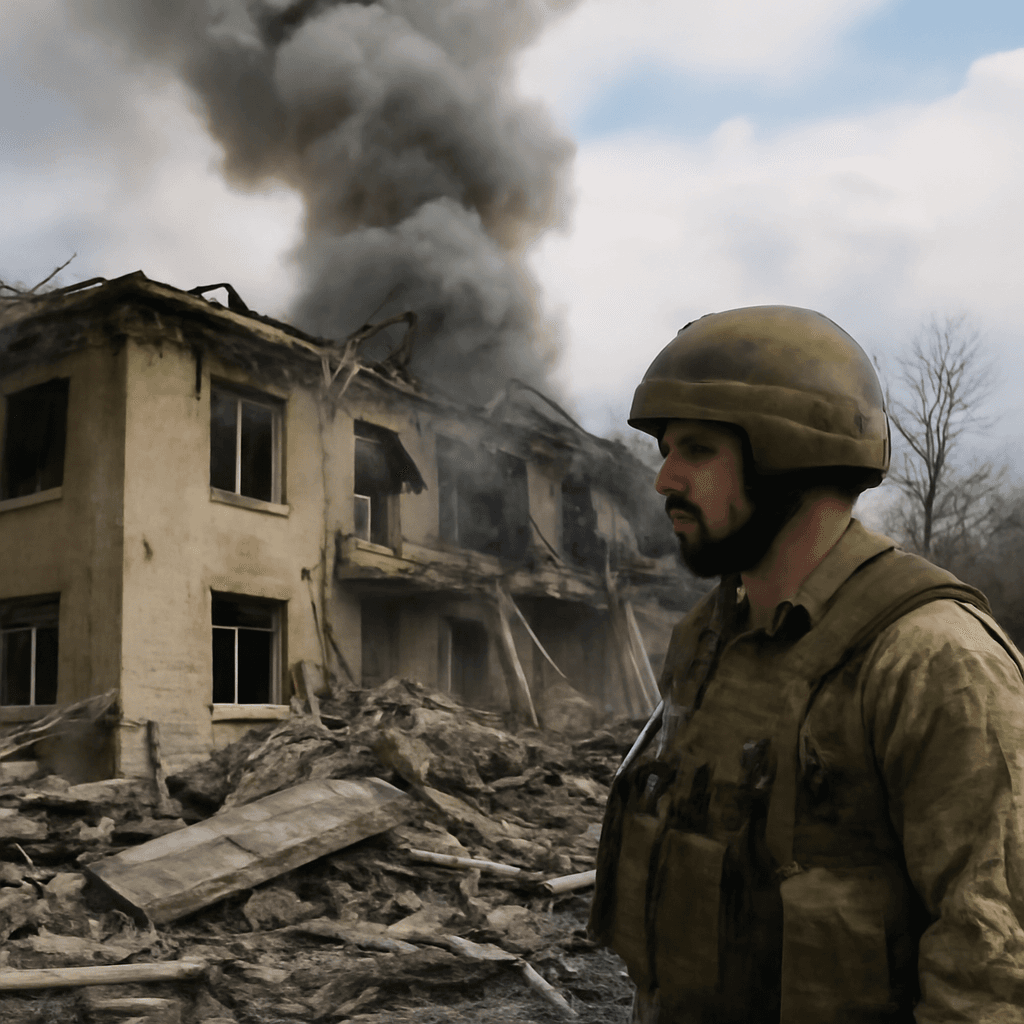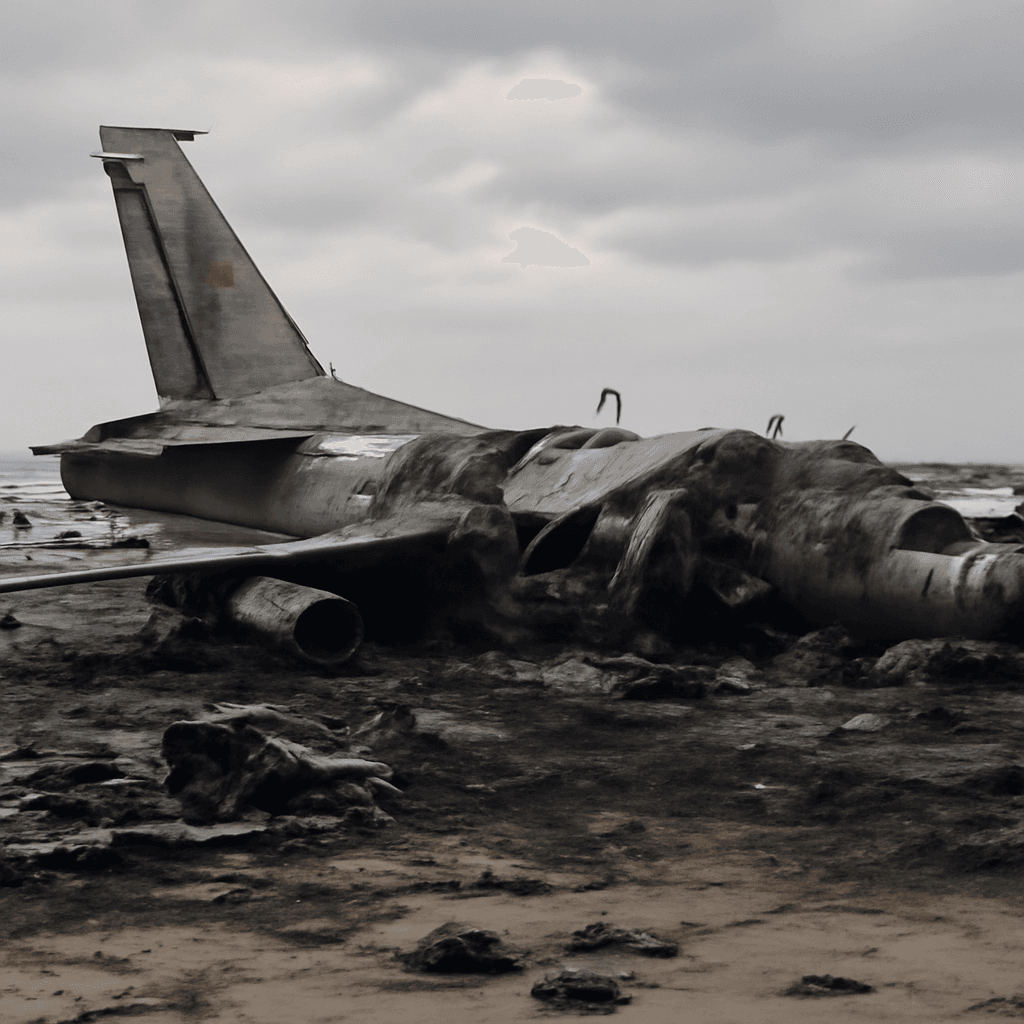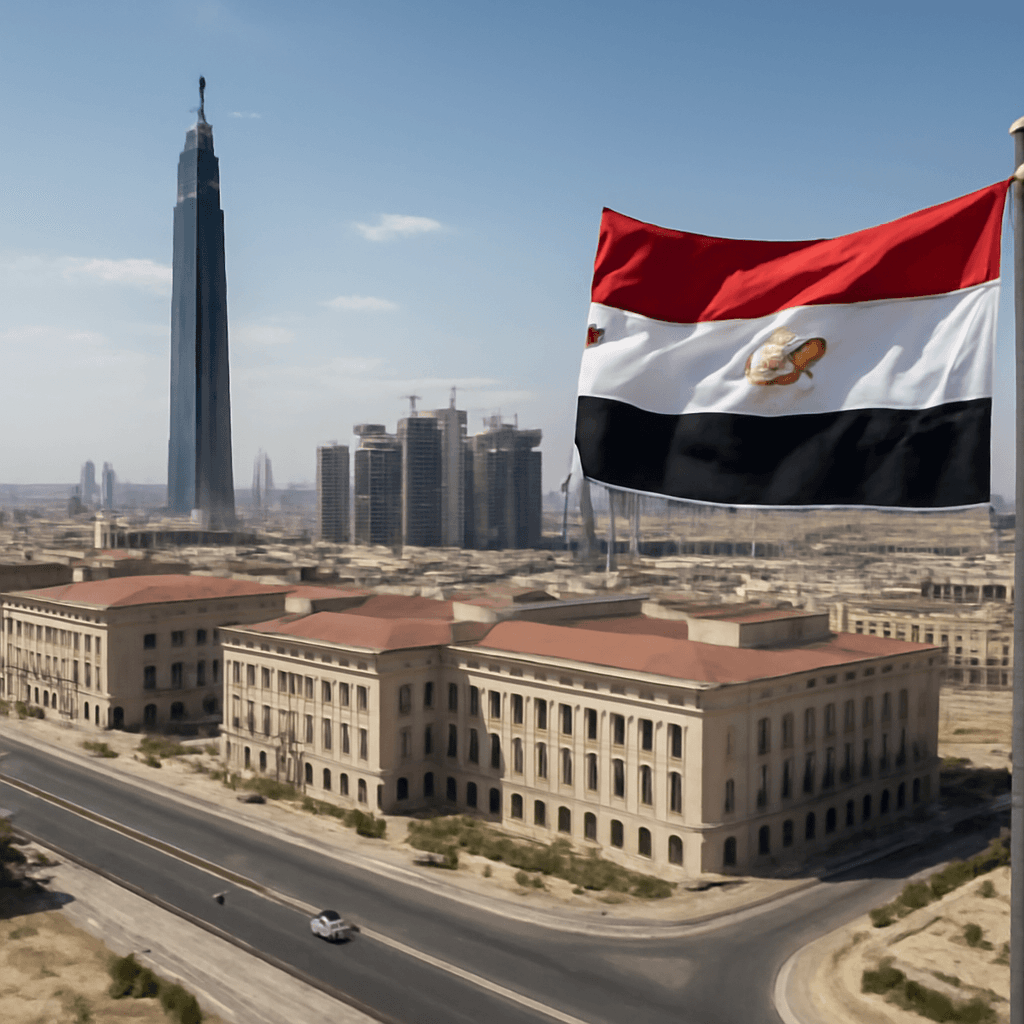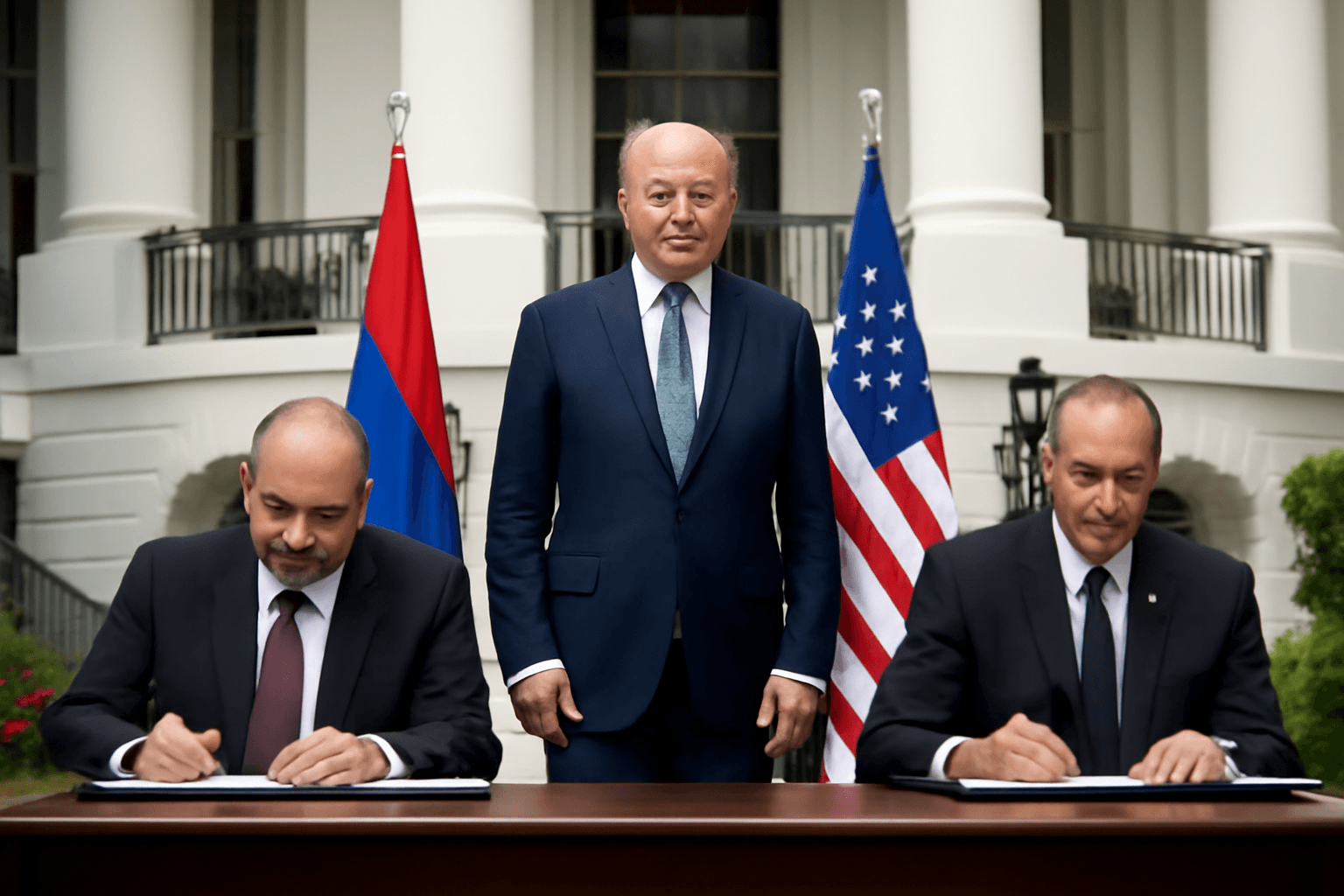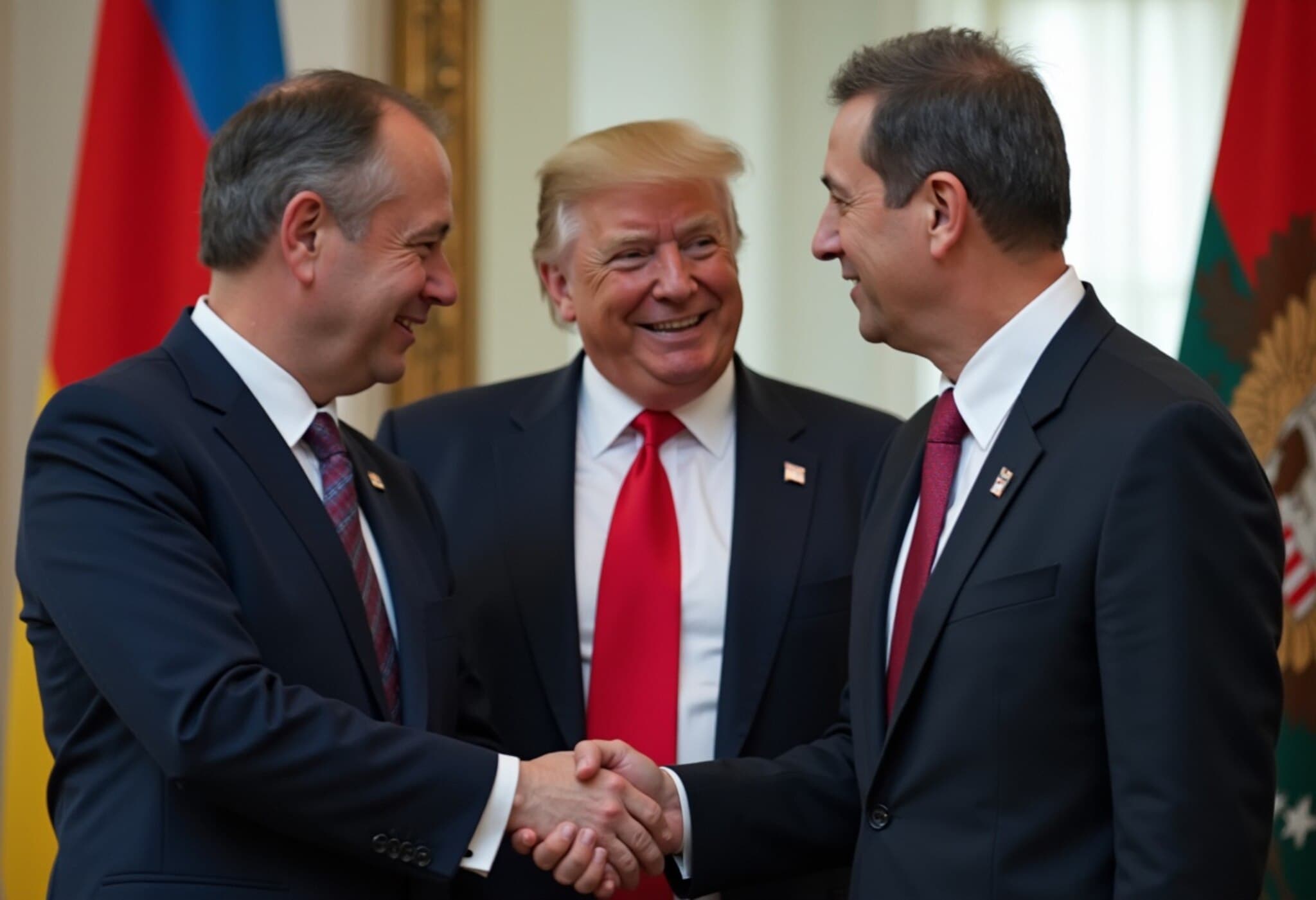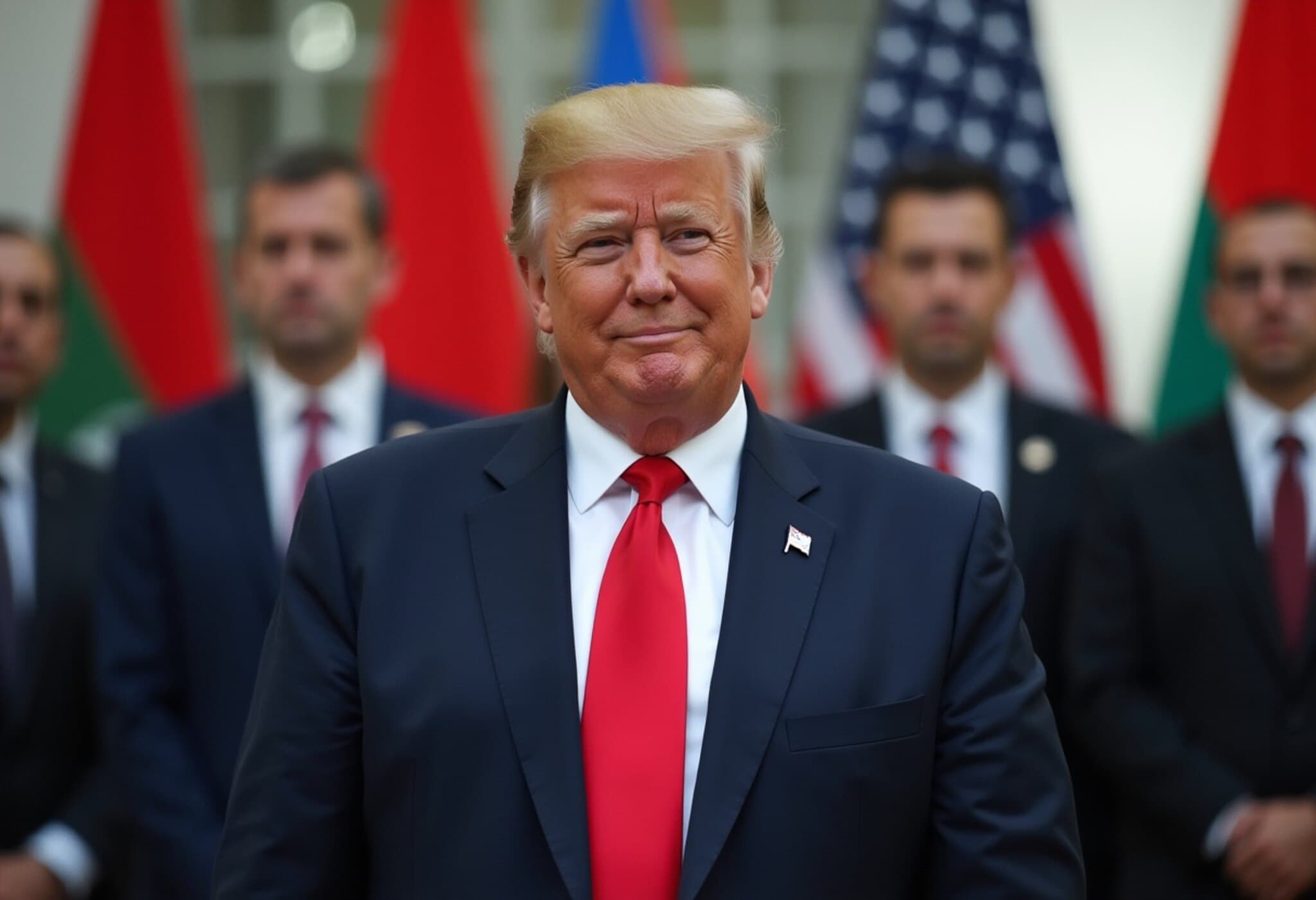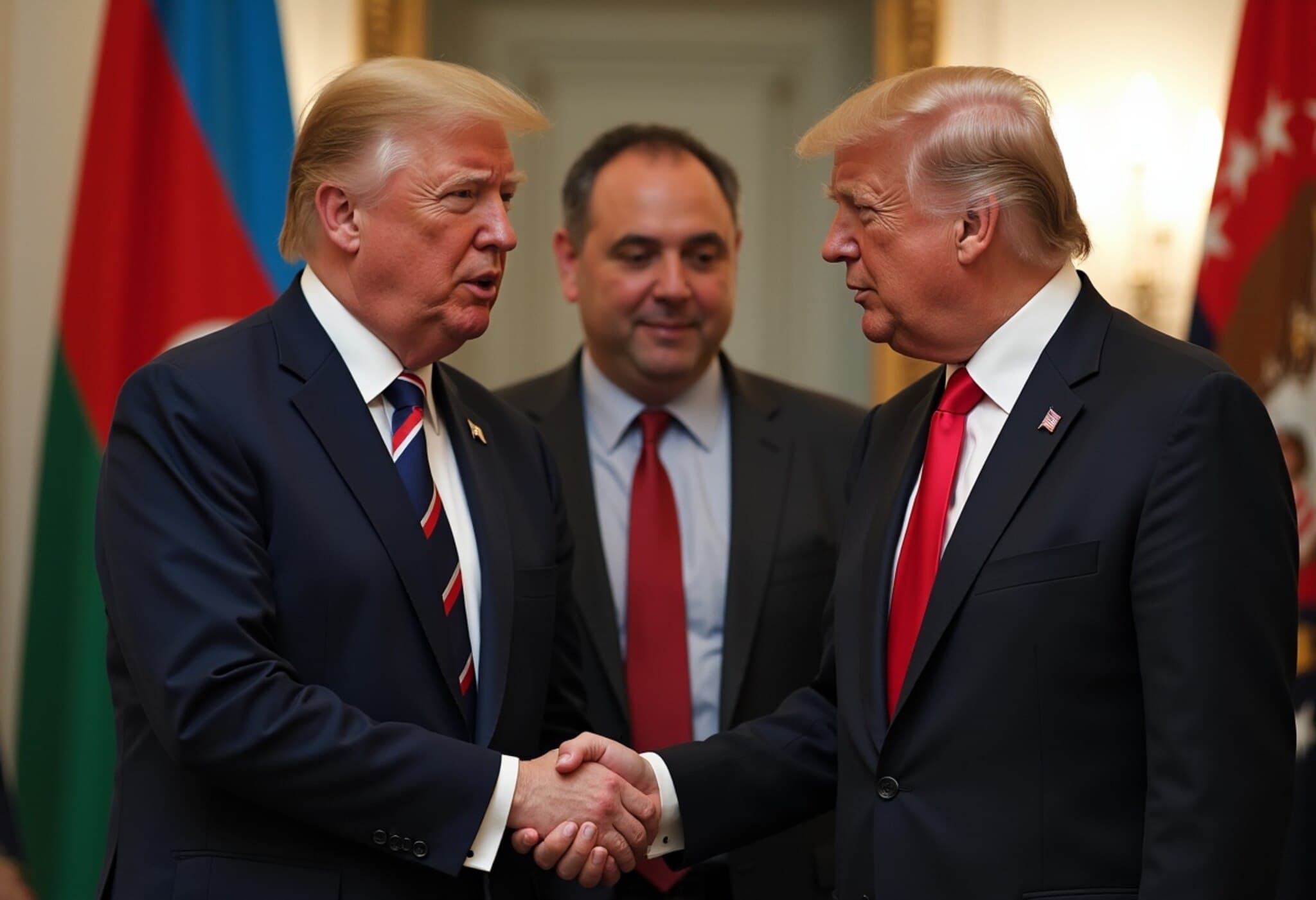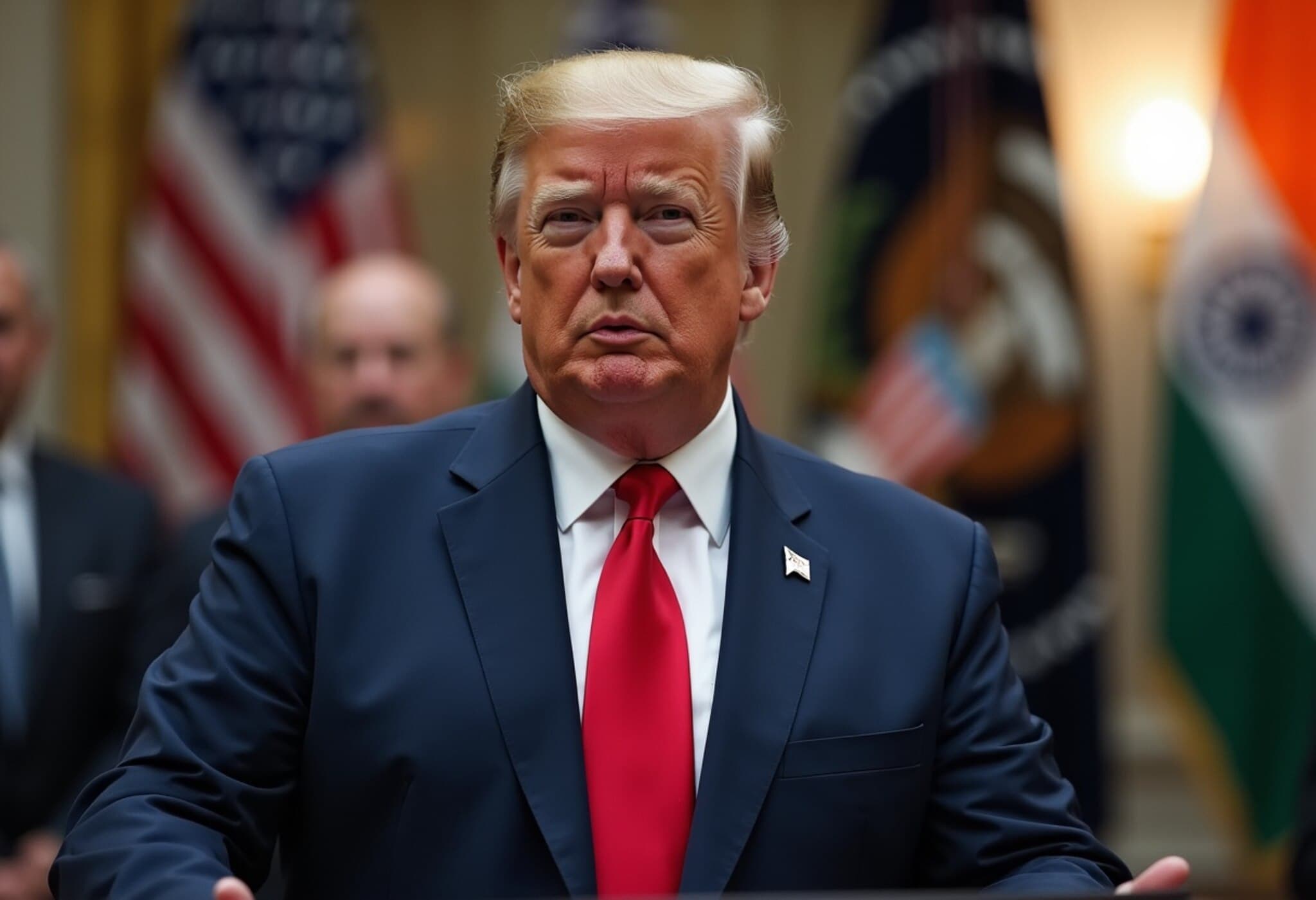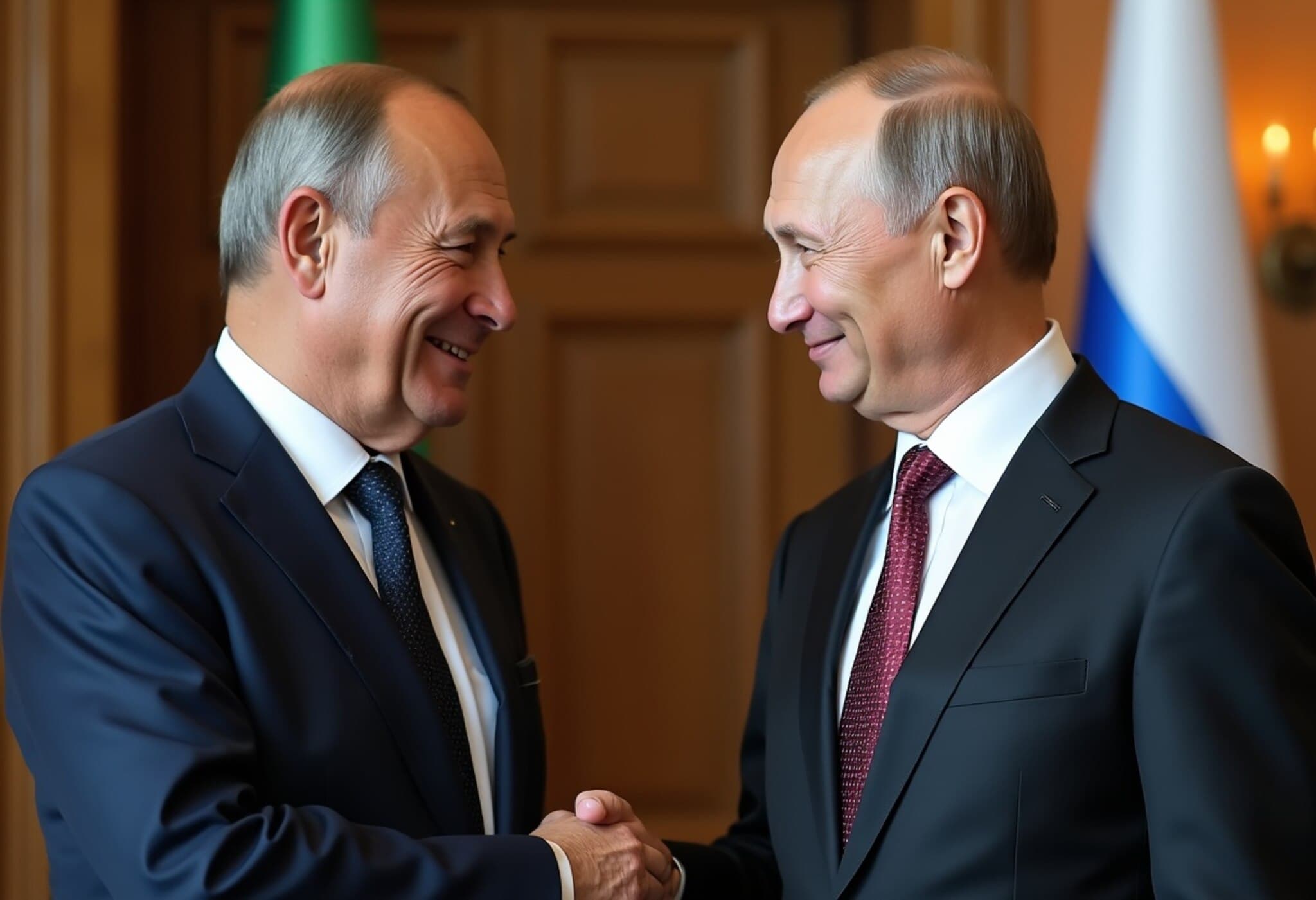US-Brokered Armenia-Azerbaijan Peace Deal Ignites Regional Controversy
On August 8, 2025, the United States facilitated a draft peace agreement between Armenia and Azerbaijan, two nations with a fraught history of conflict. The deal, signed in Washington, aims to settle decades-long disputes but has swiftly stirred geopolitical ripples across the South Caucasus, drawing cautious responses from major regional powers Russia and Iran.
The Core of the Agreement: A Contested Transit Corridor
A centerpiece of the agreement is the establishment of a transit corridor through Armenian territory linking Azerbaijan to its exclave, Nakhchivan. This corridor—dubbed the “Trump Route for International Peace and Prosperity”—reflects a longstanding demand from Azerbaijan and, notably, assigns U.S. development rights over this strategically vital and resource-rich passage.
While the corridor could potentially enhance connectivity and economic cooperation in the region, its proximity to Iran's border has prompted stern opposition from Tehran. Akbar Velayati, senior adviser to Iran’s Supreme Leader Ayatollah Ali Khamenei, categorically rejected the corridor, warning it threatens South Caucasus security and branding the initiative as a dangerous geopolitical maneuver. Velayati ominously described the corridor area as potentially turning into a “graveyard for Trump’s mercenaries,” underscoring Tehran’s deep suspicion of increased U.S. influence in its backyard.
Russia’s Tepid Response Reflects Waning Influence
Moscow has offered a measured and guarded reaction. Russia, historically the dominant power broker in the Caucasus and a military ally of Armenia, said it would need further analysis of the corridor’s implications, emphasizing existing trilateral agreements with Armenia and Azerbaijan that remain in effect.
Russian Foreign Ministry spokeswoman Maria Zakharova underscored Moscow’s continued strategic presence by noting, “It should not be ignored that Armenia’s border with Iran is guarded by Russian border guards.” Yet Russia’s ongoing military entanglement in Ukraine since 2022 has considerably sapped its regional focus and resources, inadvertently creating an opening for U.S. diplomatic engagement.
A Delicate Diplomatic Balancing Act
The peace deal has garnered cautious optimism from Armenia and Azerbaijan. Azerbaijani President Ilham Aliyev commended the U.S. role and even proposed President Donald Trump for the Nobel Peace Prize, signaling a warming toward Washington's mediation. NATO allies similarly praised the agreement as a significant step toward stability in a region long marred by ethnic conflict and territorial disputes.
Nevertheless, experts emphasize that the agreement, while promising, leaves many critical details unresolved. According to Joshua Kucera, senior analyst at the International Crisis Group, much of the deal revisits earlier accords from March 2025 but now integrates new demands—particularly Azerbaijan’s call for amendments to Armenia’s constitution to renounce claims to Nagorno-Karabakh. This remains a contentious issue among Armenians, with a constitutional referendum planned for 2027 expected to ignite intense domestic debate.
Geopolitical Implications: Shifting Power Dynamics in the Caucasus
Olesya Vardanyan, an independent South Caucasus analyst, highlights the broader geopolitical significance: “Russia’s distracted focus due to Ukraine has created a vacuum that the U.S. is beginning to fill,” underscoring an ongoing realignment in regional influence.
Yet, this pivot raises questions about the durability of peace and the risks of exacerbating tensions with Iran. Tehran’s vehement rejection of any corridor near its border not only signals opposition to U.S. expansion in the region but reflects concerns over security, sovereignty, and regional alliances.
Looking Ahead: Challenges and Opportunities
- Legal and Political Hurdles: Ratification of the deal hinges on delicate constitutional reforms and public buy-in, especially in Armenia.
- Regional Security Concerns: Iran’s opposition may fuel destabilization or proxy tensions along the corridor.
- Russia’s Role: Moscow’s response will shape the balance of power, with potential adjustments in its Caucasus strategy.
- Economic Prospects: If realized, the corridor could boost trade and connectivity, benefiting local communities and international stakeholders.
The unfolding situation exemplifies the complex interplay of local grievances and global power politics. While the deal offers a hopeful blueprint for peace, its success depends on navigating the profound geopolitical sensitivities in this tumultuous crossroads.
Editor’s Note
This landmark peace initiative, brokered under the banner of U.S. diplomacy, symbolically shifts the Caucasus towards a new era of engagement—but also exposes fractures in regional alliances and competing ambitions. Observers should watch closely how Armenia and Azerbaijan manage internal political pressures and how Russia and Iran recalibrate their strategies amidst a shifting landscape. Does the ‘Trump Route’ herald long-awaited stability, or will it trigger further contention? The forthcoming months will be pivotal in deciding the South Caucasus’s trajectory.


